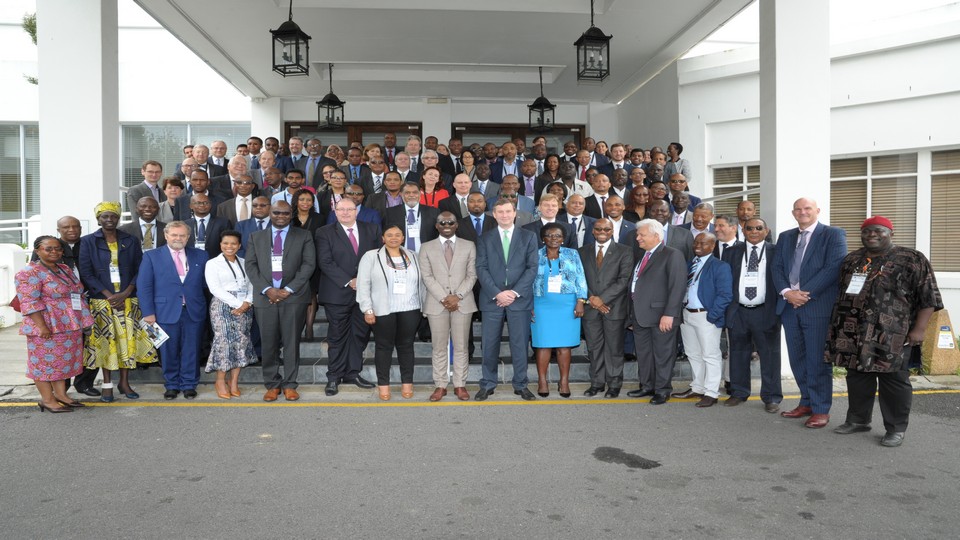961 results found
Featured results



More results
Over the past few decades, there has been substantial change in living standards globally. Keeping pace with profound economic and demographic changes will require a significant increase in infrastructure investment.
The main point of this report is to provide quantitative evidence of how improving utility management and more accurately targeting smaller subsidies would free up enough resources to make the needed investments and operate the sector at a lower cost.

While 2017 was an eventful year for the Global Infrastructure Hub (GI Hub), 2018 is shaping up to be even busier.
The purpose of this manual is to contribute to improvements in the quality of infrastructure regulation.

A major factor hindering infrastructure implementation and delivery is the absence of good governance, according to the 130 delegates from 27 countries who came together for the first Regional Roundtable on Infrastructure Governance in Cape Town in November.
The European Investment Project Portal (EIPP) and the Global Infrastructure Hub (GI Hub) announce their cooperation to exchange projects for publication on their websites.
The document contains the key anti-money laundering and combatting financing of terrorism ( AML-CFT ) principles applicable to EIB Group activities and is in line with the principles of relevant EU legislation as amended and more.

The OECD DAC Blended Finance Principles for Unlocking Commercial Finance for the SDGs aims to ensure that blended finance is deployed in the most effective way to address the financing needs for sustainable development.

This brief analyzes the benefits and challenges of using portable screening devices to regulate medicine quality in low-income countries.

This study examines the potential role of the Central Asia Regional Economic Cooperation (CAREC) Program in improving aviation in the region.

This publication examines the effective regulation and governance practices of the pharmaceutical sector in the Greater Mekong Subregion.

This paper establishes a general equilibrium trade model and adopts the “market access” approach to measure the impact of the high-speed railway (HSR) network on the economic growth.

The paper discusses project preparation and procurement approaches adopted in Latin America and the Caribbean and how sustainability is incorporated into these.

This Guidance Note supports promoters, practitioners and other interested stakeholders in interpreting and implementing Standard 3 on Biodiversity and Ecosystems, as part of the EIB Environmental and Social Standards.

Multilateral Development Banks led by the International Finance Corporation - published a new joint platform, Global Toolbox, in January 2018.


Between September and October 2018, we gathered the views of 118 power and utility company executives from over 100 companies and 56 different countries or territories in Europe, the Americas, Asia Pacific, Middle East and Africa.


This compendium presents the best practices for the introduction and development of road asset management based on a desk review of the experiences in the 11 member countries of the Central Asia Regional Economic Cooperation (CAREC) Program.

This report examines the social and gender footprint of large-scale electricity generation, transmission, and distribution projects.

This articlehighlights the process and lessons learned from the Vulnerability Assessment and Climate Resilient Road Strategy of the Samoan road network, and outlines a replicable approach for small island nations with acute capacity challenges that seek to balance analytical rigor with the need for practicality.

The use of innovation mechanisms to enable investors to hedge their currency risk can attract capital to markets
The São Paulo government sought to expand the a 720km NE-SW road across the state of São Paolo, which had one of the highest traffic volumes in the country




 Global Infrastructure Outlook
Global Infrastructure Outlook



